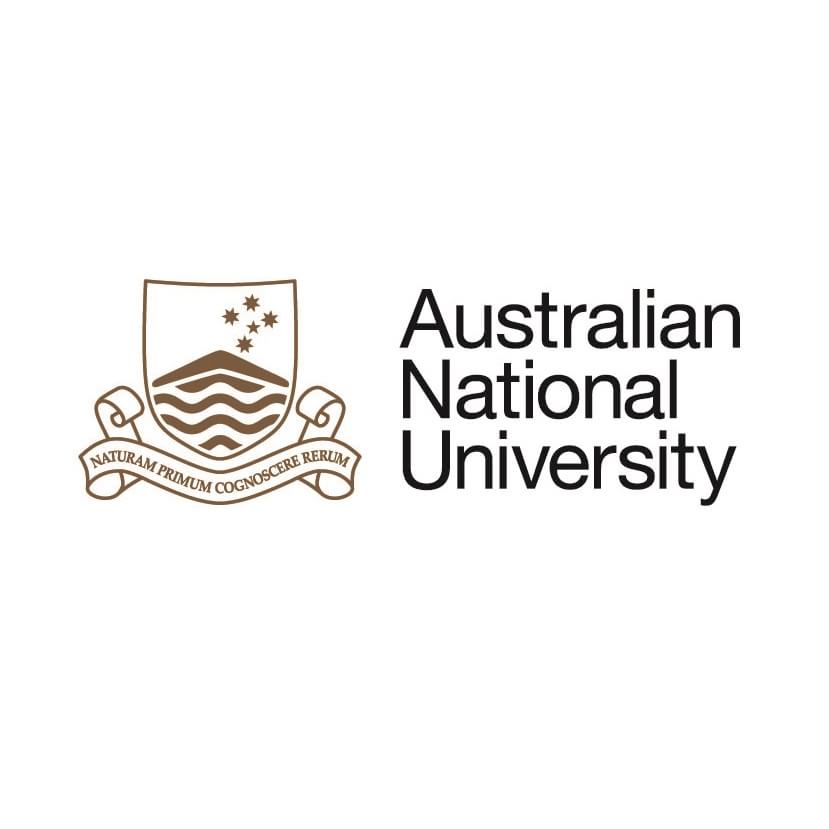Full description
Teaching that requires students to peer down a microscope to resolve tiny particles with 3D form can be pretty challenging. But what if students could pick up and handle these microscopic forms. In recent years 3D printing has transformed the education sphere, with printed 3D models giving the user a better mental image, a tactile experience and a practical way to control orientation vagaries as well as to investigate fine scale structures and function of the sample in question. In the biological sciences most of the focus has been in medicine, primarily through CT scanning and the subsequent 3D production of complex anatomical models. There are, however, numerous lifeforms that are microscopic and beyond the resolution limit of CT scanning. These lifeforms present students with the cognitive challenge of comprehending their 3D form from traditional 2D presentations in texts or when viewed down the light microscope. Research has shown that hand-held 3D models can help overcome many of the cognitive obstacles associated with the study of complex anatomical structures, providing students with a more enjoyable learning experience and at the same time developing a learning environment that encourages deeper engagement (Preece, D. et al., 2013; McMenamin, P.G. et al., 2014). Several labs around the world have taken up this challenge for the microscopic world (Perry, I. et al., 2017; Holt and Savoian, 2017), with some now making their models freely available online, including our own (3D pollen project; Palaeoworks). The Australian pollen types we have imaged and rendered for 3D printing are based on those commonly encountered in sediment cores from a site that we regularly visit with our undergraduate students, but many more could and should be developed. It’s with thanks for ANU Teaching and Education Grant we were able to develop the following design procedure for imaging and 3D printing twelve different pollen types from our reference collection, removing them from the virtual world and making them a hand-held reality for our classrooms as well as for community outreach. Design Procedure The design procedure is an adaptation of methods used elsewhere and best described by Katherine Holt and colleagues at Massey University, New Zealand (see Holt and Savoin, 2017; Perry et al., 2017). The key step in the whole process is acquiring an image stack; a vertical sequence of 2D images taken at defined intervals. When the images are joined together, it is possible to create a three-dimensional model from this stack of two-dimensional images. It is the quality of the stack that determines the quality of the 3D model and, ultimately, the quality of the print itself. 1) Slide selection: existing pollen reference slides from the extensive Australian Pollen and Spore Reference collection, held and maintained by Archaeology and Natural History at the ANU. Slides were selected based on abundant pollen content that were also in good condition, well aectolysed and with little to no extraneous material. 2) Image stack: confocal microscopy was used to capture the volumetric stack. 3) Conversion of image stack to a virtual 3D model: the image stack was conversted to a 3D model using the open course software Drishti, a volume exploration and presentation tool developed at ANU that converts 2D image stacks into 3D models. 4) Preparing a 3D model for printing: we used the open-source software Meshlab to fill in any holes, and remove unwanted features and convert our Drishti generated PLY files to STL format, the file format commonly used by 3D printing software. 5) Printing: Before the mesh is prepared for printing though, you need to set up the desired printing parameters. This includes choosing the right printer type; selecting the printing material and nozzle size to match those on the printer; and choosing the printing speed, infill levels, and the use of supporting structures. Why mention this? Because these parameters impact how robust the final product is, how much filament is needed and importantly how long the printing process takes. In our project, we opted for speed and economical use of material. Once the parameters are set, the mesh is prepared for printing. A commercial printing service naturally does this step for you, you simply send them the mesh (STL) files. References Holt, K.A., Savoian, M.S., 2017. Epi-fluorescence microscopy and 3D printing: An easily implemented approach for producing accurate physical models of micro- and macroscopic biological samples. In: Méndez-Vilas, A. (ed.) Microscopy and imaging science: practical approaches to applied research and education. Formatex Research Centre, Badajoz, Spain, p.697-702. McMenamin, P.G., Quayle, M.R., McHenry, C.R. and Adams, J.W., 2014. The Production of Anatomical Teaching Resources Using Three-Dimensional (3D) Printing Technology. Anatomical Sciences Education 7:479–486. Perry, I., Szeto, J-Y., Isaacs, M.D., Gealy, E.C., Rose, R., Scofield, S., Watson, P.D. and Hayes, A.J., 2017. Production of 3D printed scale models from microscope volume datasets for use in STEM education. EMS Engineering Science Journal 2017 1(1):002. Preece, D., Williams, S.B., Lam, R., and Weller R., 2013. “Let's Get Physical”: Advantages of a physical model over 3D computer models and textbooks in learning imaging anatomy. Anatomical Sciences Education 6: 216-224. Schindelin, J., Arganda-Carreras, I., Frise, E., Kaynig, V., Longair, M., Pietzsch, T., Preibisch, S., Rueden, C., Saalfeld, S., Schmid, B., Tinevez, J.Y., White, D.J., Hartenstein, V., Eliceiri, K., Tomancak, P., Cardona, A., 2012. Fiji: an open-source platform for biological-image analysis. Nat Methods 9:676–682. Schmid B, Schindelin J, Cardona A, Longair M, Heisenberg M. A high-level 3D visualization API for Java and ImageJ. BMC bioinformatics 11:274. Other Project Websites to visit: https://3dpollenproject.wixsite.com/mainNotes
13.888 MB.
Significance statement
A collection of 3D pollen print files for teaching and outreach.Created: 2018
Subjects
User Contributed Tags
Login to tag this record with meaningful keywords to make it easier to discover
Identifiers


